|
|
| Olive Diseases and Pests |
| Olive Diseases and Pests This information has been prepared using the reports of the Ministry of Agriculture and Rural Affairs General Directorate of Control Protection, which provides detailed information on how to fight with different olive diseases and pests. |
|
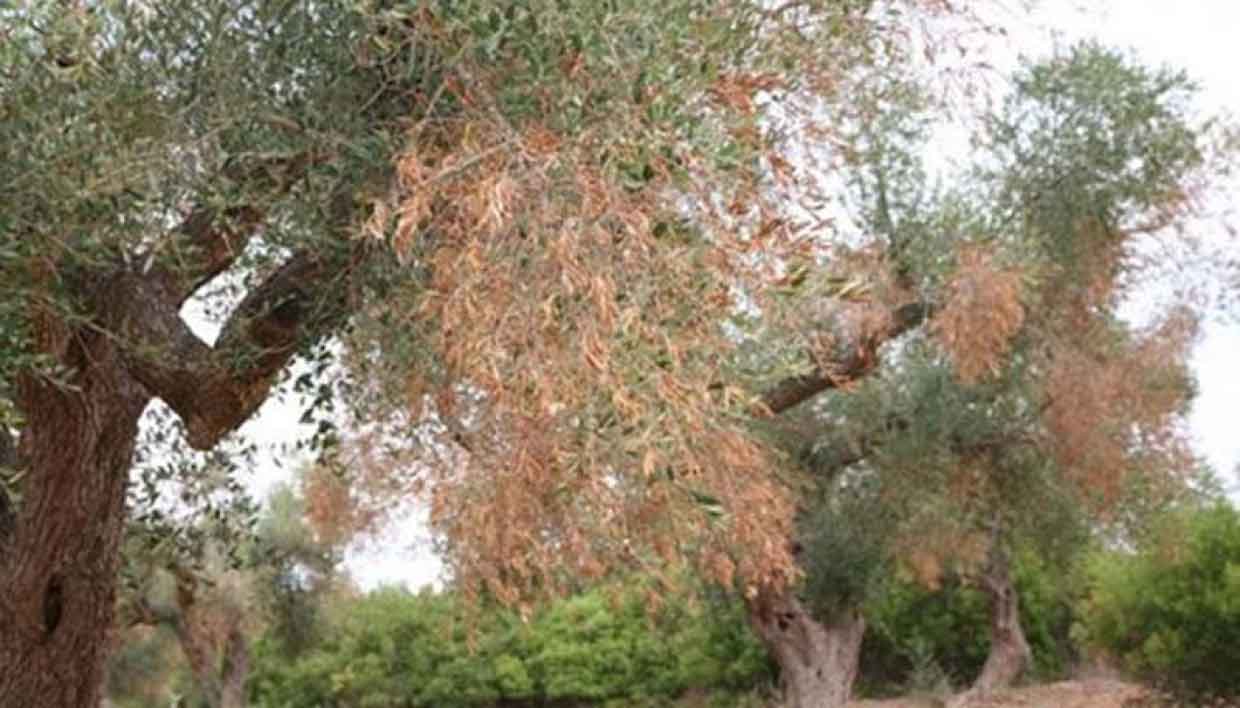 |
|
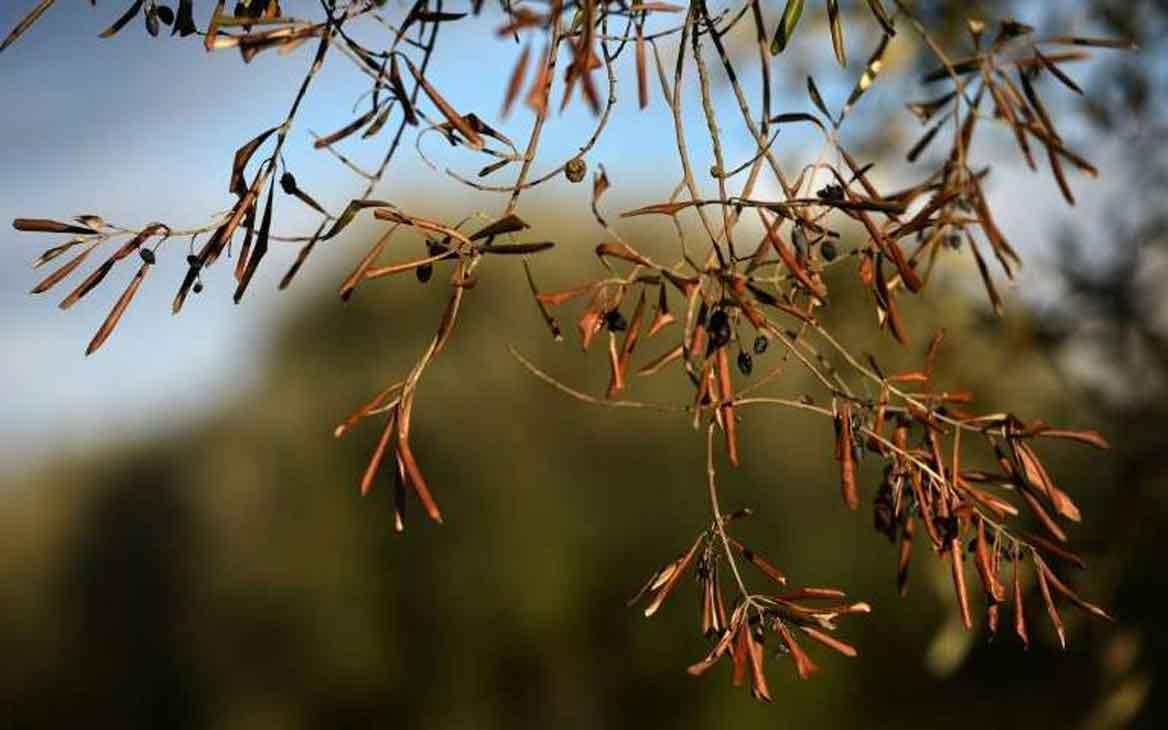 |
Olive Diseases and Pests Pathogenic diseases are commonly associated with specific environmental conditions. In addition, non-pathogenic disorders, such as damage by heat and sun, wind, rain, fire, moisture, temperature, sunlight and other weather conditions can cause sunburn, russet, leaf scorch, pit burn, shriveling, frost, chilling, hail injuries; water ability and nutrition deficiency all of which interfere with the normal |
|
| physiological processes in trees can be directly caused by environmental conditions, can be negative impact on pollination reduced crop set, yield, slow tree decline and dieback. If one of these factors is out of balance it may lead to environmental stress, which may in turn, result in a greater tendency to become diseased. |
|
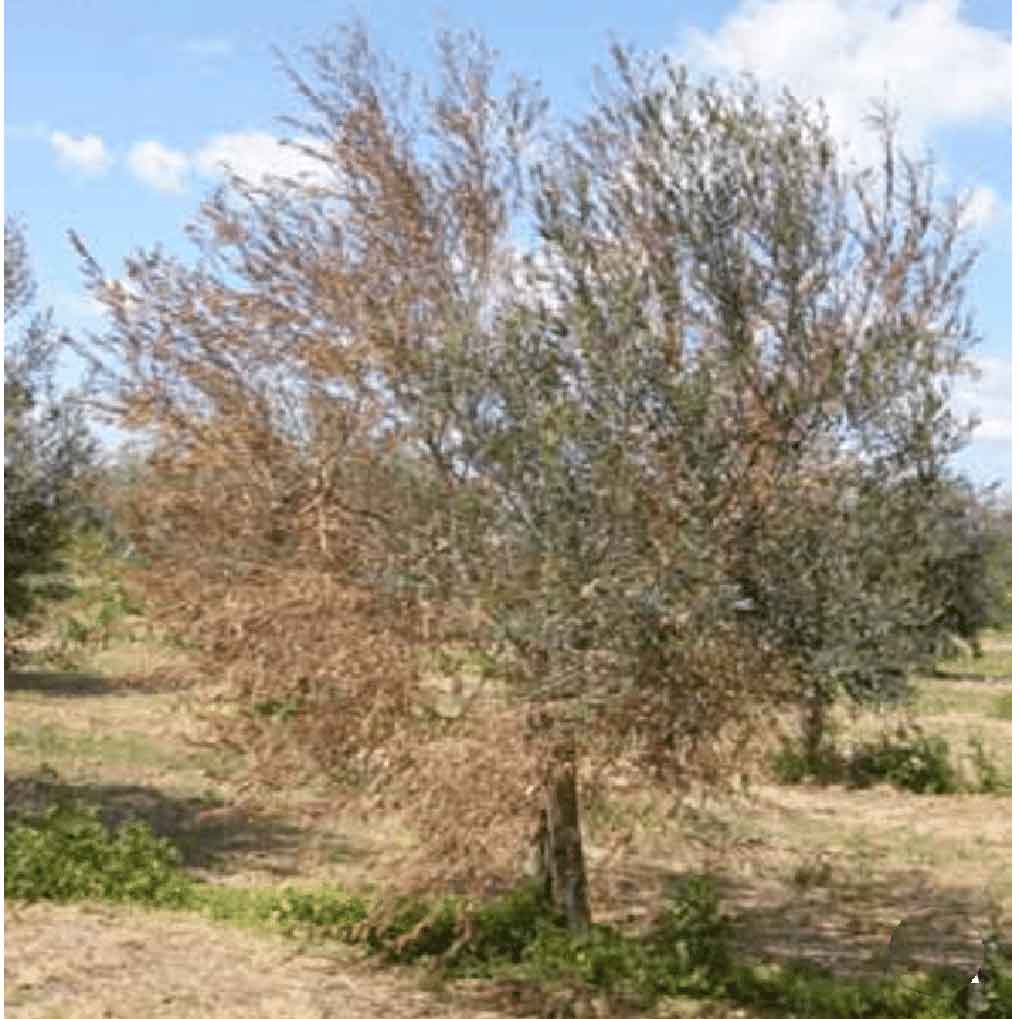 |
| Verticillium Dahliae |
| Verticillium dahliae belongs to the fungal class Deuteromycetes (Fungi Imperfecti), a group of fungi, which do not have a known sexual stage.The vegetative mycelium is hyaline, septate, and multinucleate.The nuclei are haploid in culture. Conidia are ovoid...>>> |
|
|
|
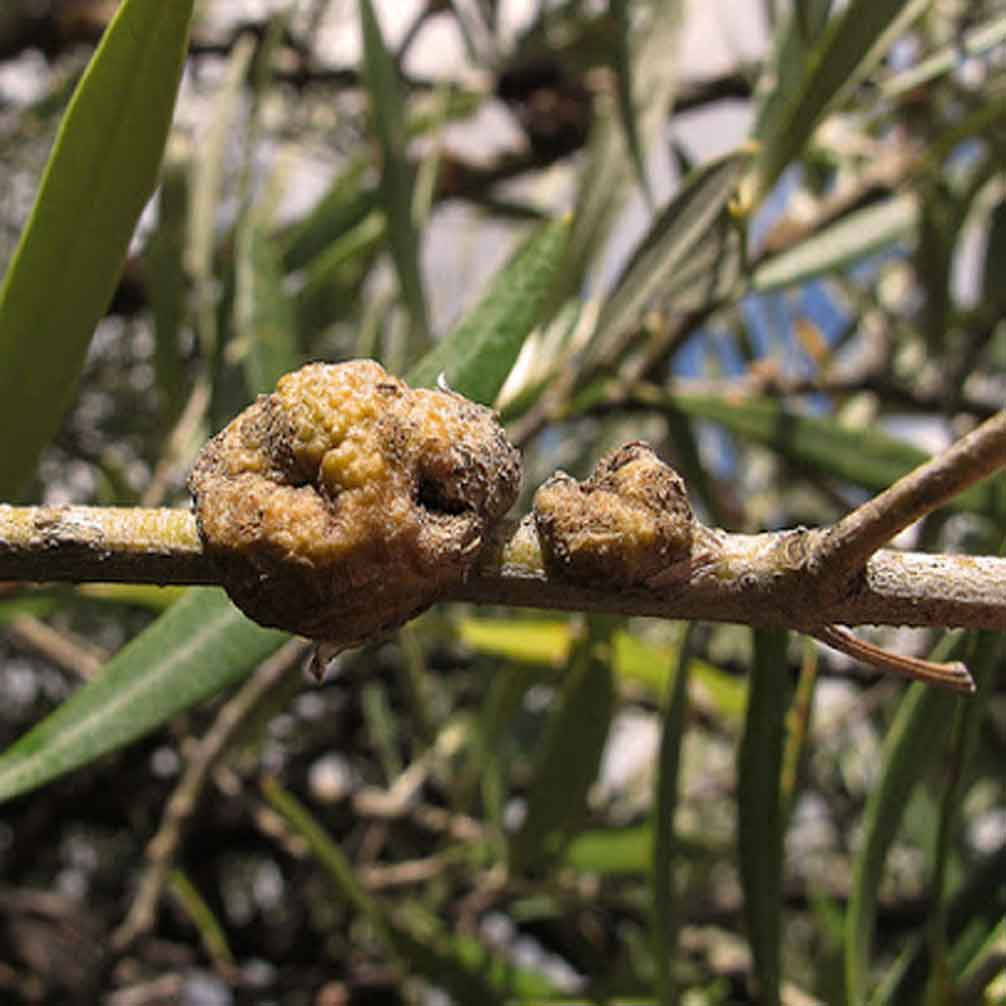 |
| Pseudomonas Savastanoi Pv. Savastanoi |
| Pseudomonas savastanoi pv. savastanoi, seriously affects olive trees (Olea europaea L.) mainly in Mediterranean countries, where climatic conditions often favor spread of the disease. Disease symptoms are characterized by tumorous outgrowths on...>>> |
|
|
|
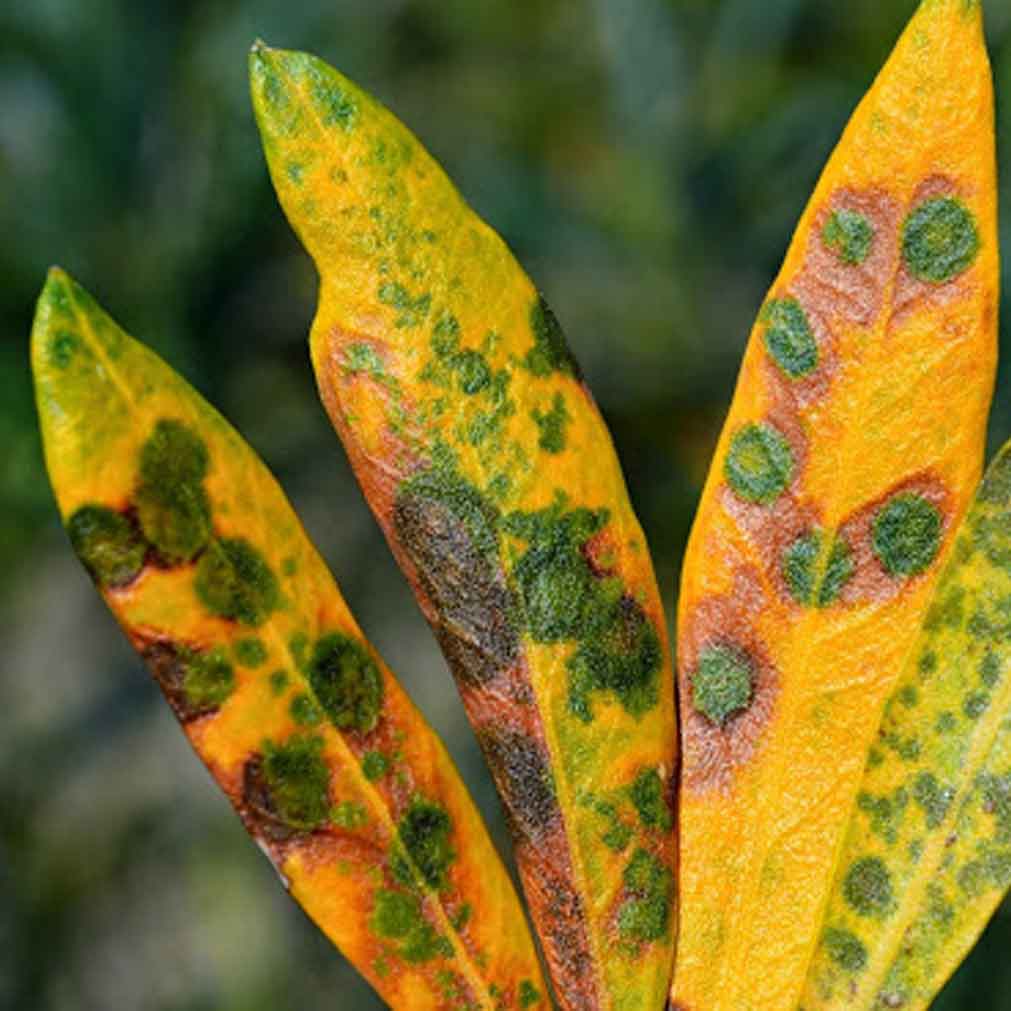 |
| Spilocaea Oleaginea - Cycloconium Oleaginum |
| The olive trees had been suffering from attacks by a problem commonly known as Olive Leaf Spot or Peacock Spot Disease caused by Cycloconium oleaginum Spilocea oleaginea. This study demonstrates that the olive leaf spot disease could be controlled biologically by...>>> |
|
|
|
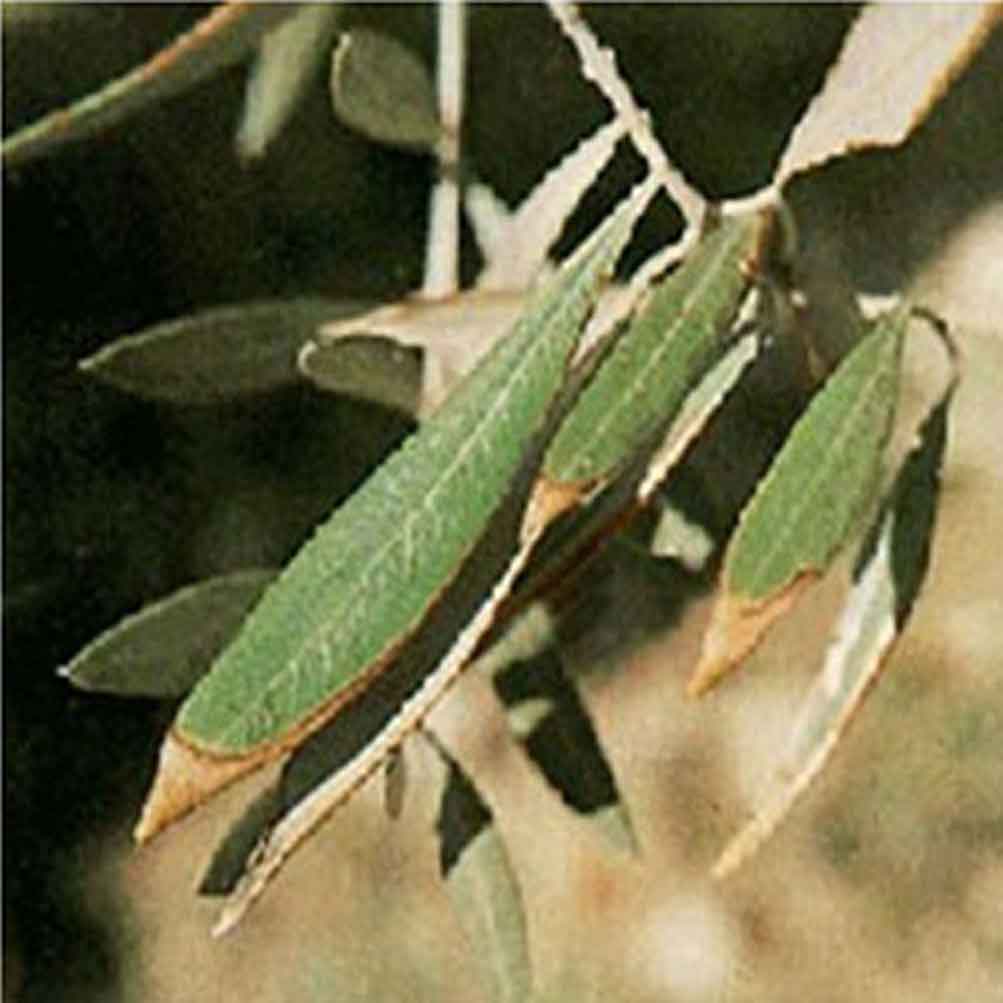 |
| Boron Deficiency İn Olive |
| Boron Deficiency in Olive is the most frequent micronutrient disorder in olive (Olea spp.) orchards. We tested the hypothesis that plant boron status affects phenolic metabolism, which, in turn, influences several ecophysiological traits of olive (Olea europaea L.) trees, by studying...>>> |
|
|
|
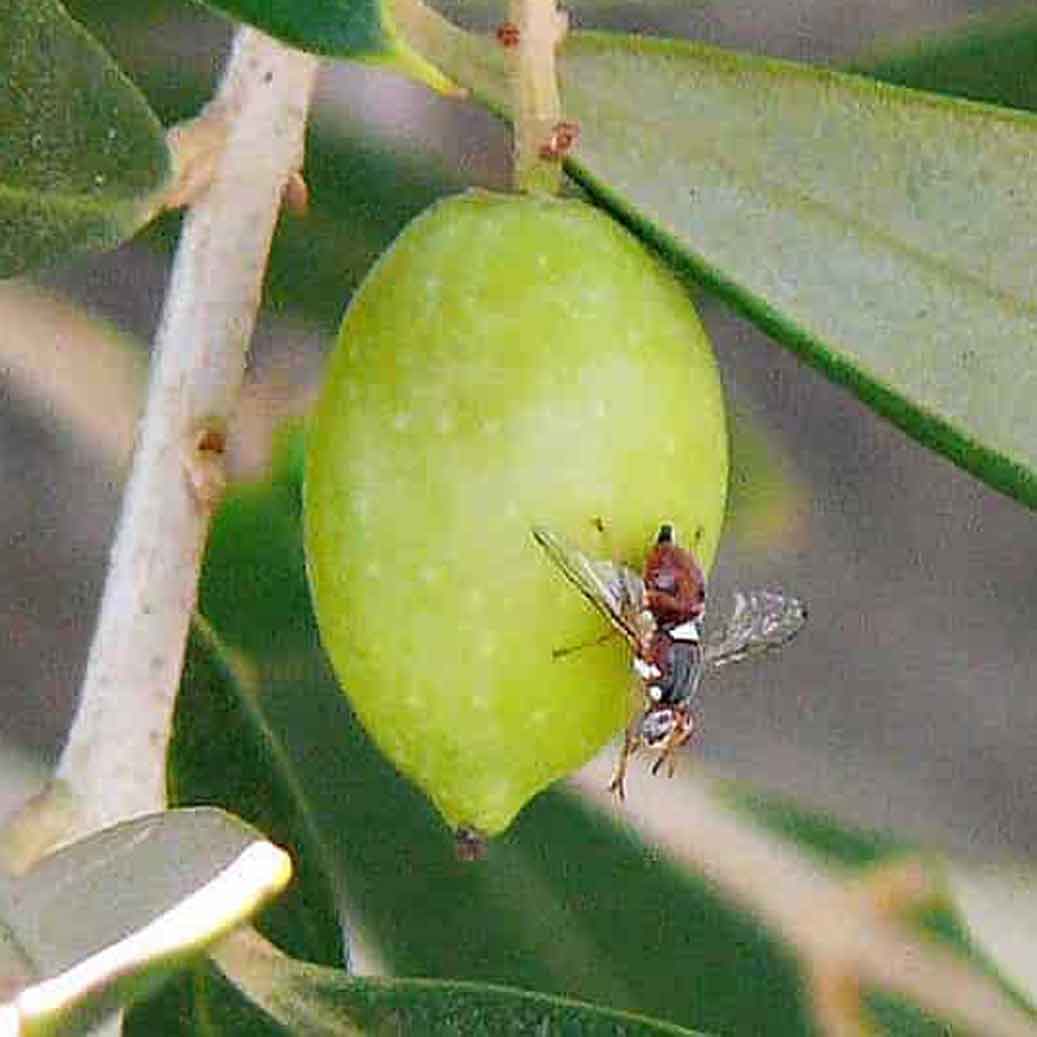 |
| Bactrocera
Oleae |
| Bactrocera oleae from a quantitative point of view the damage is caused by larvae of second and especially third stages, by the removal of the significant proportion of the pulp which as a consequence results in reduction in the yielding of olives. Part of the production is also lost...>>> |
|
|
|
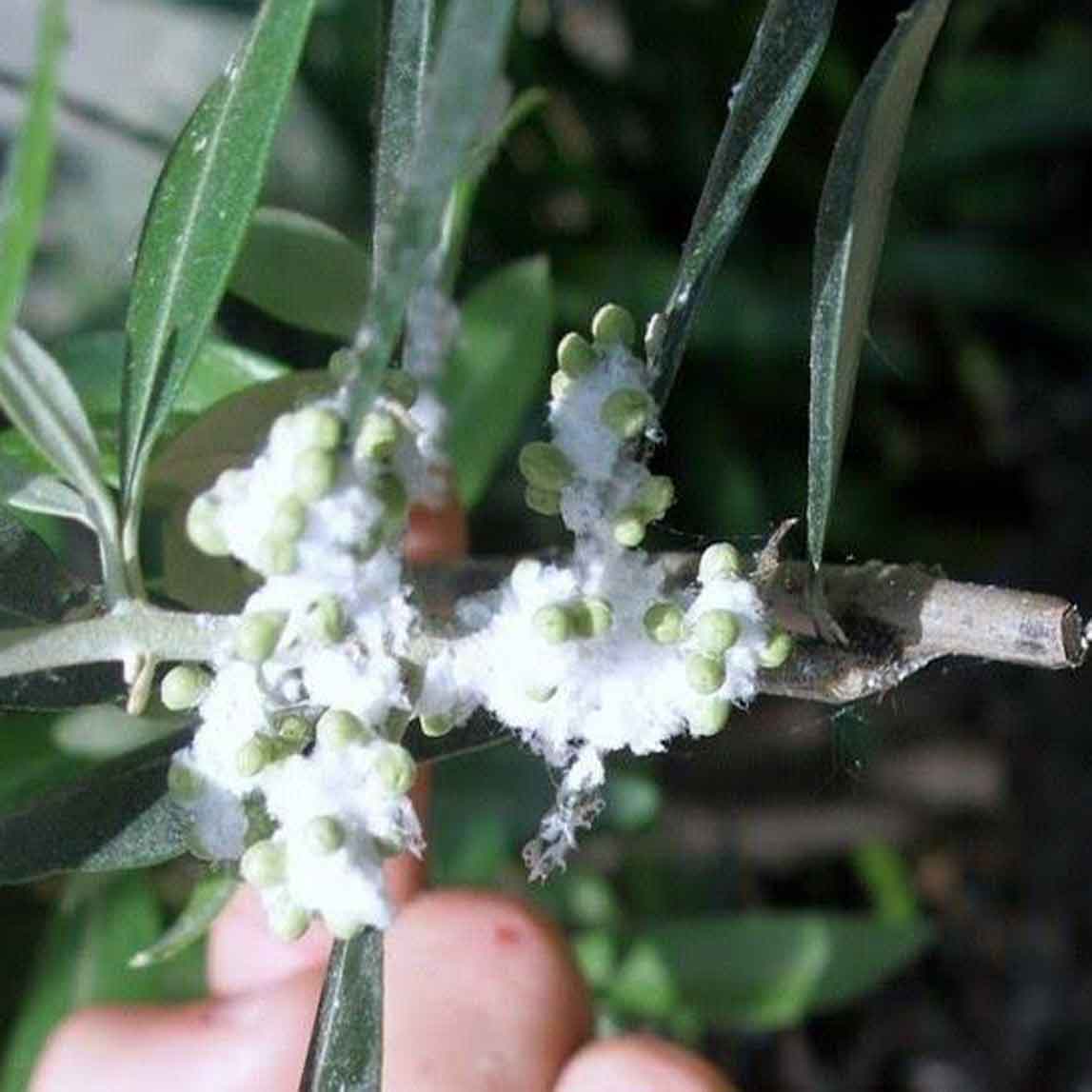 |
| Euphyllura Spp |
| Euphyllura Spp adults pass the winter period in crevices or holes on olive trunks, resuming activity and mating as soon as spring begins. Females frequently lay one or more eggs on the new shoots. Each female can lay more than 1,000 eggs. Adults can live...>>> |
|
|
|
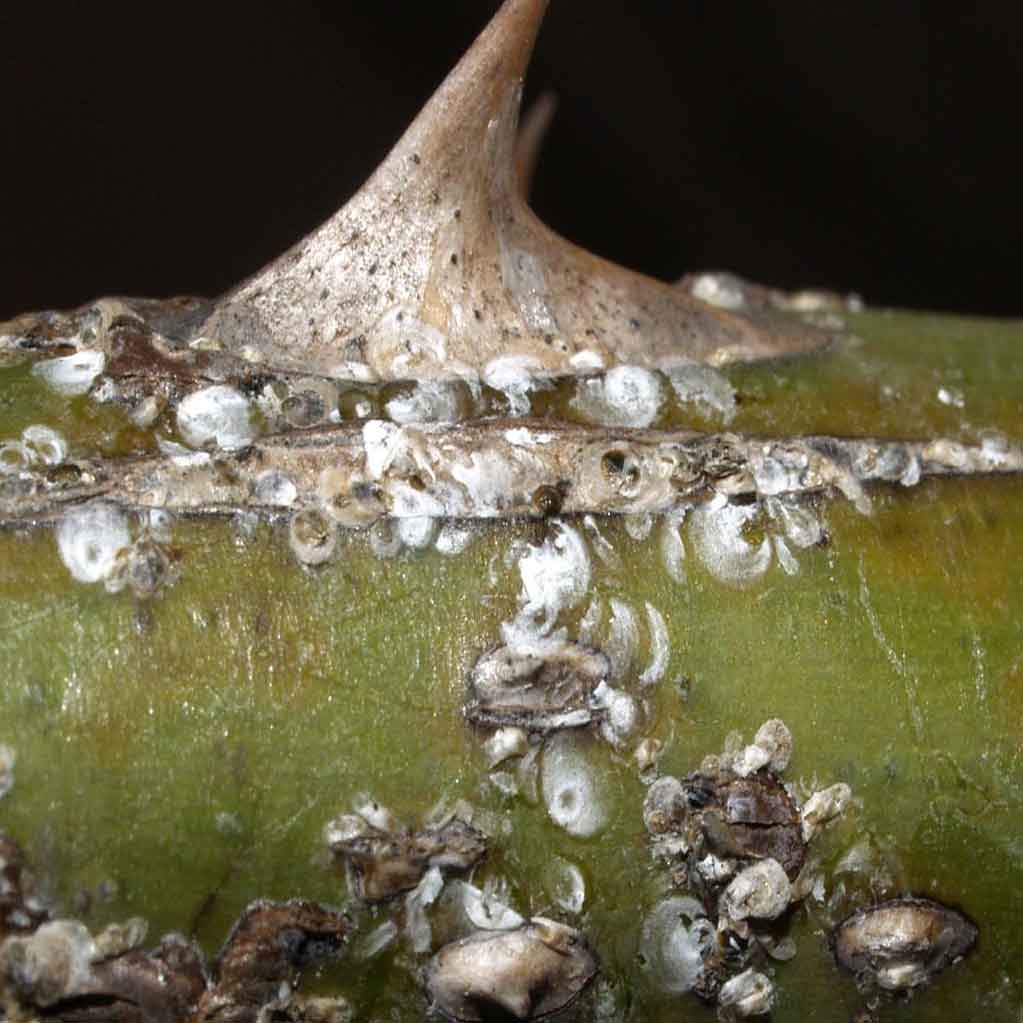 |
| Parlatoria Oleae |
| Parlatoria oleae was described for the first time in 1880 by Colvée, observing samples of olive-tree from Valence in Spain (Balachowsky, 1953). This pest is known as affecting no less than 211 host plant This research was carried out over two consecutive years...>>> |
|
|
|
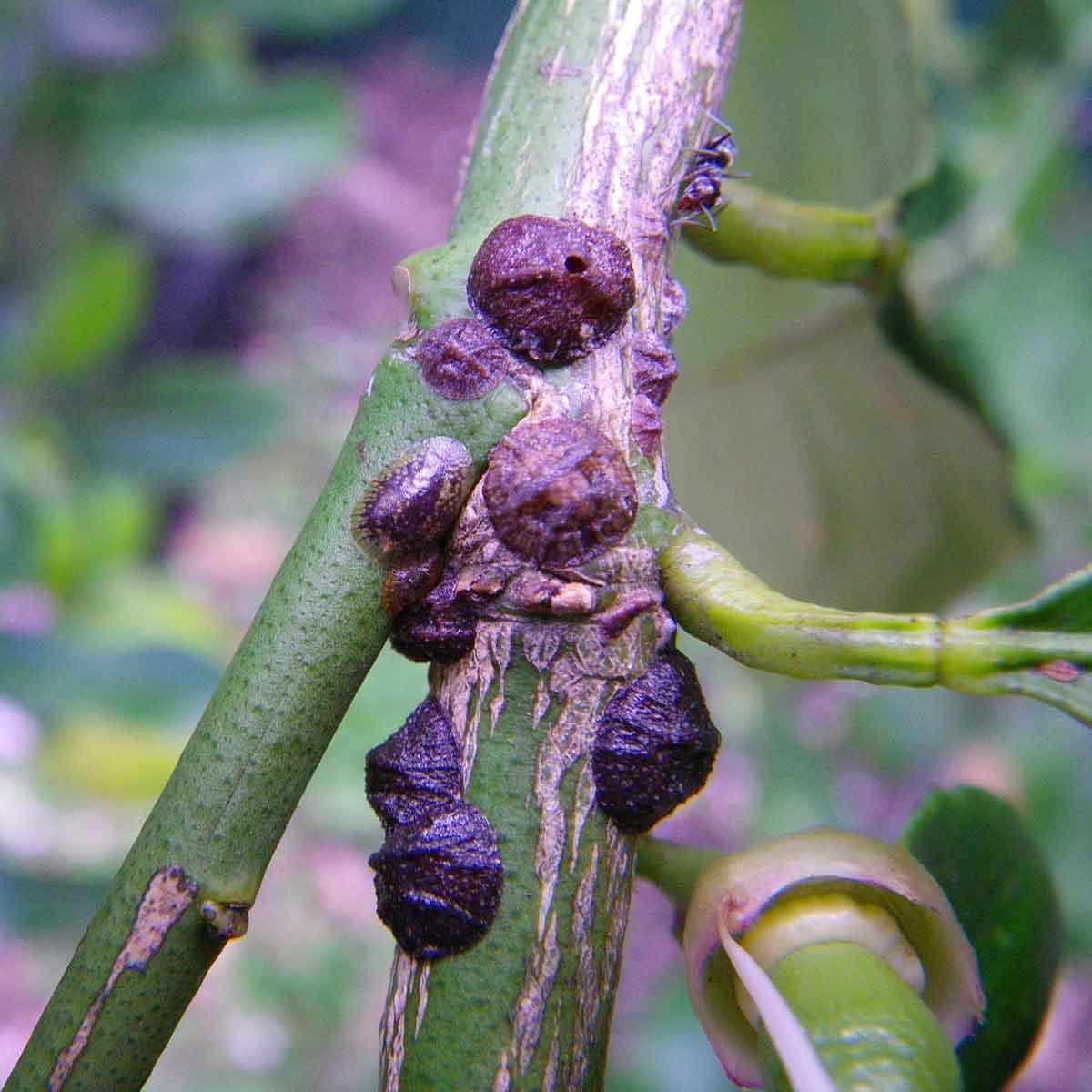 |
| Saissetia Oleae |
| Saissetia Oleae observations of oviposition behavior and host-feeding revealed M. lounsburyi females deposit eggs through the ventral side of the scale and were not observed host-feeding. Metaphycus hageni females deposit eggs through the dorsum of the...>>> |
|
|
|
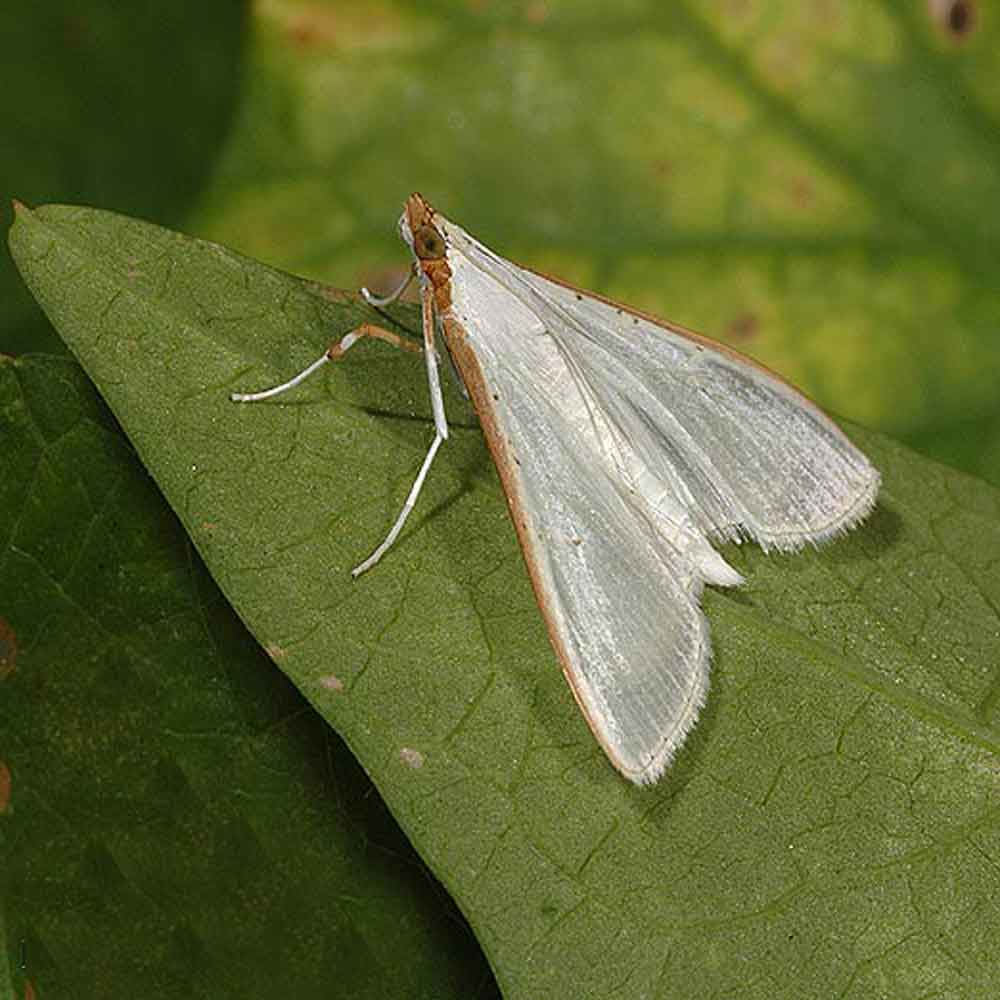 |
| Palpita Unionalis |
| The olive leaf moth Palpita unionalis (Hübner) is widespread in the tropical and mildly subtropical regions of the Old World. It originated in the Mediterranean region, where it is found from east to west, and south to the olive-growing regions of northern Africa...>>> |
|
|
|
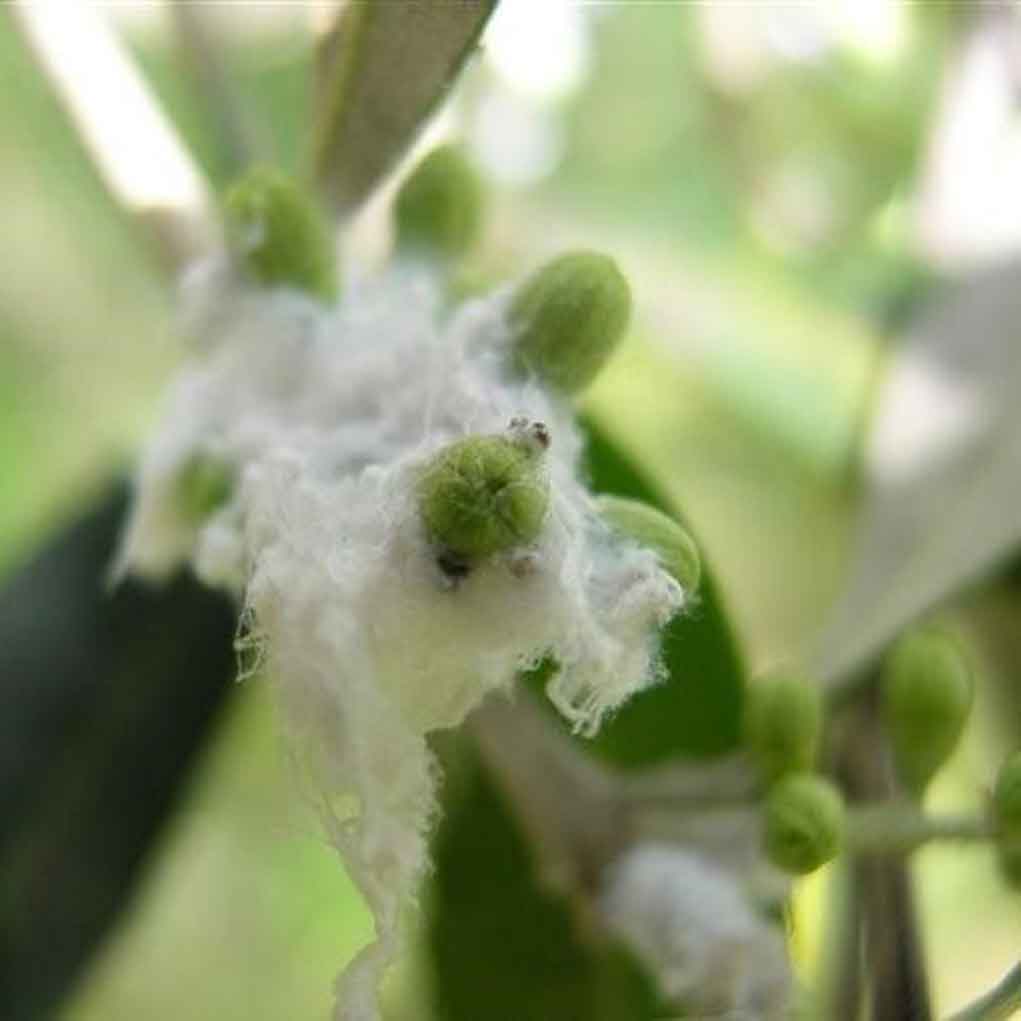 |
| Philippia Oleae |
| In the region of Montenegrin Coast olive trees are attacked by various pests philippia oleae among which scales represent numerous group. During 198789 the following species were recorded to be attacking olives: Saissetia oleae Olivier, Philippia oleae Costa, Parlatoria oleae...>>> |
|
|
|
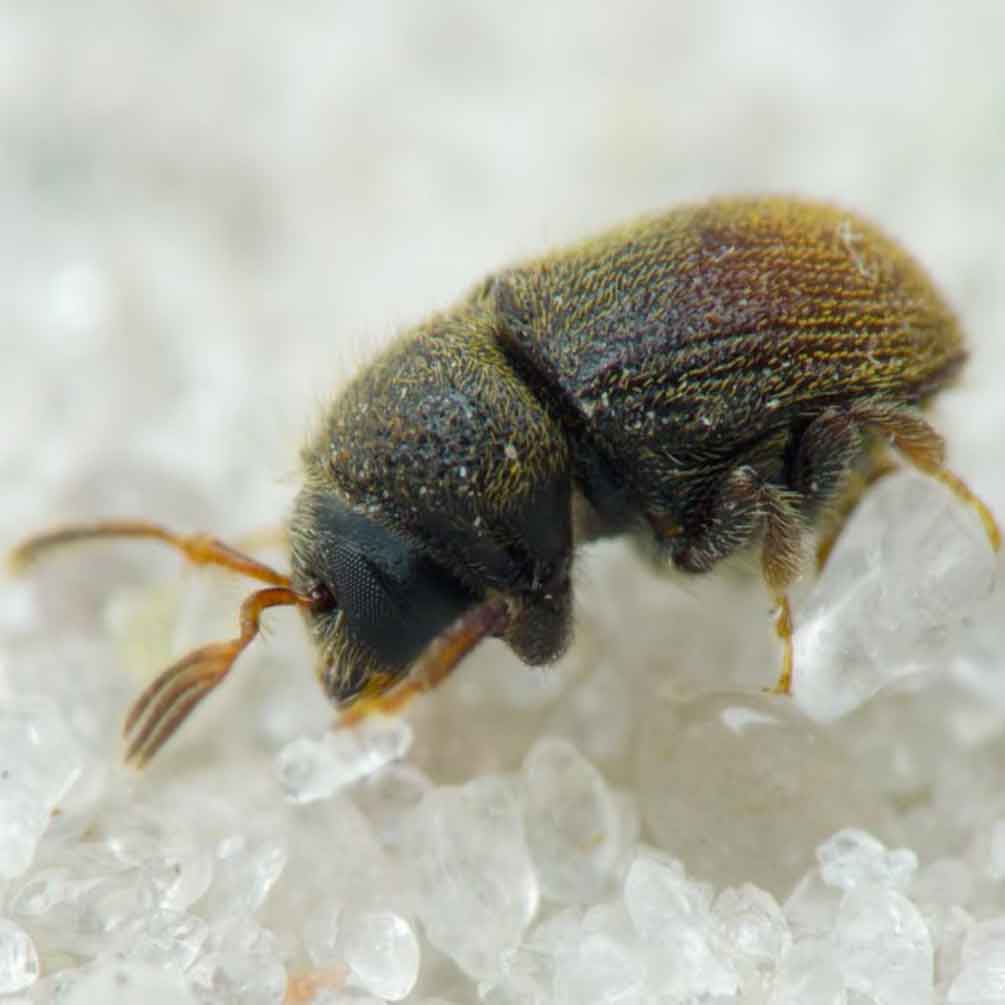 |
| Phloeotribus Scarabaeoides |
Olive trees protected from the olive bark beetle, Phloeotribus scarabaeoides (Bernard 1788) (Coleoptera, Curculionidae, Scolytinae) with a pyrethroid insecticide: Effect on the insect community of the olive grove.
Phloeotribus Scarabaeoides field studies...>>> |
|
|
|
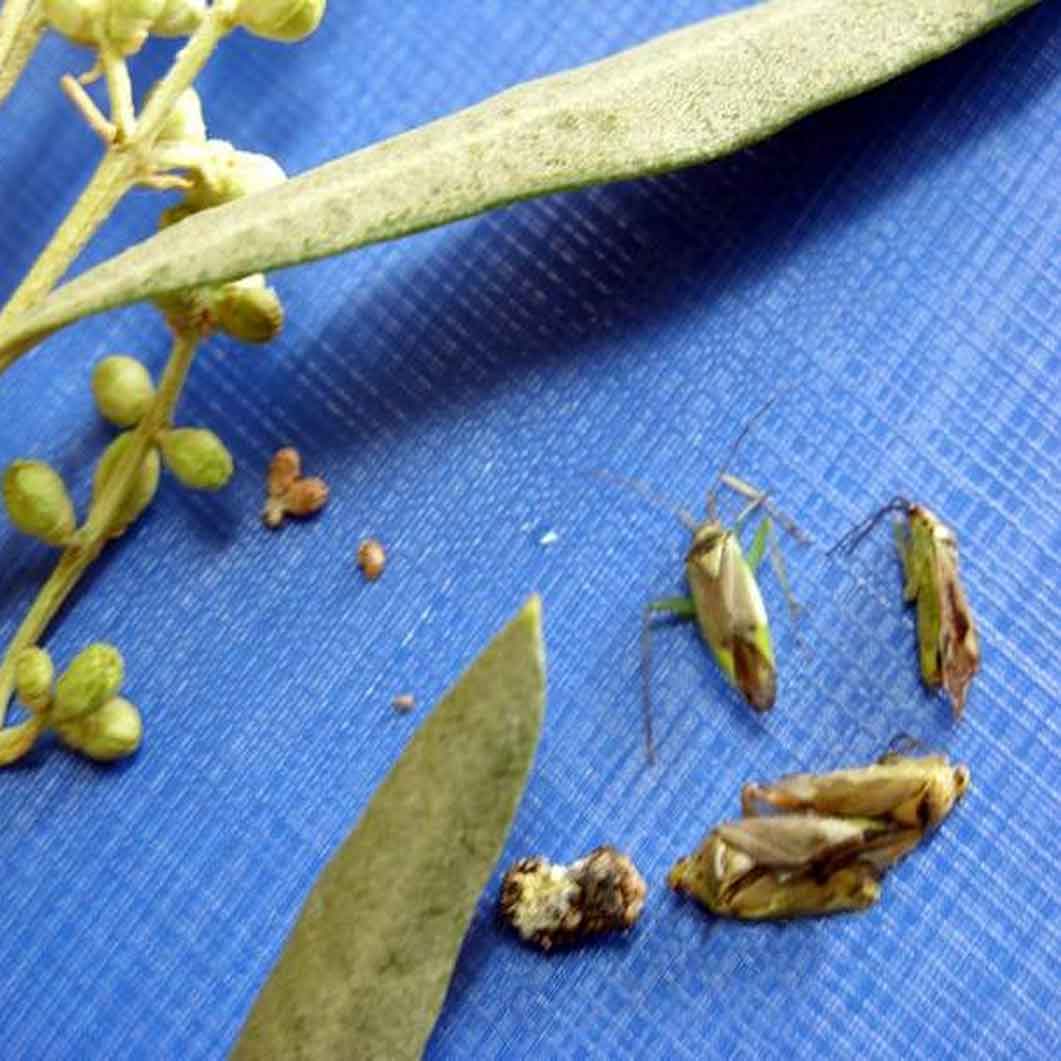 |
| Calocoris Trivialis |
The plant bug species Closterotomus trivialis (Costa) (Hemiptera Miridae Mirinae; previously known as Calocoris trivialis see Rosenzweig, 1997) is an insect commonly recorded on olive and citrus in the Mediterranean region.
Calocoris trivialis is common in olive...>>> |
|
|
|
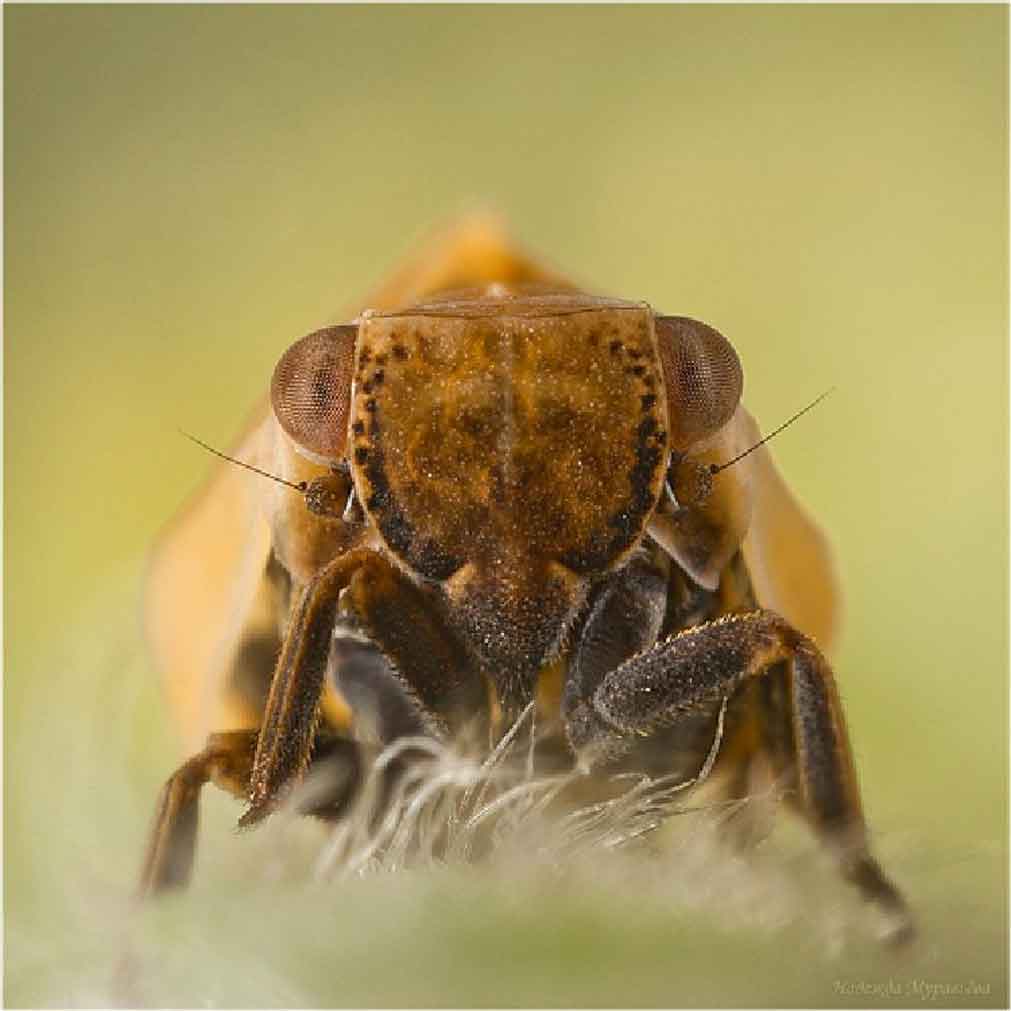 |
| Agalmatium
Flavescens |
| Species of Issid planthopper have not very much economical importance. Only Agalmatium flavescens sometimes may cause slight damage to Olea europaea and Ficus caricaby covering trees with mud egg chambers and feeding of nymphs and adults on young branches...>>> |
|
|
|
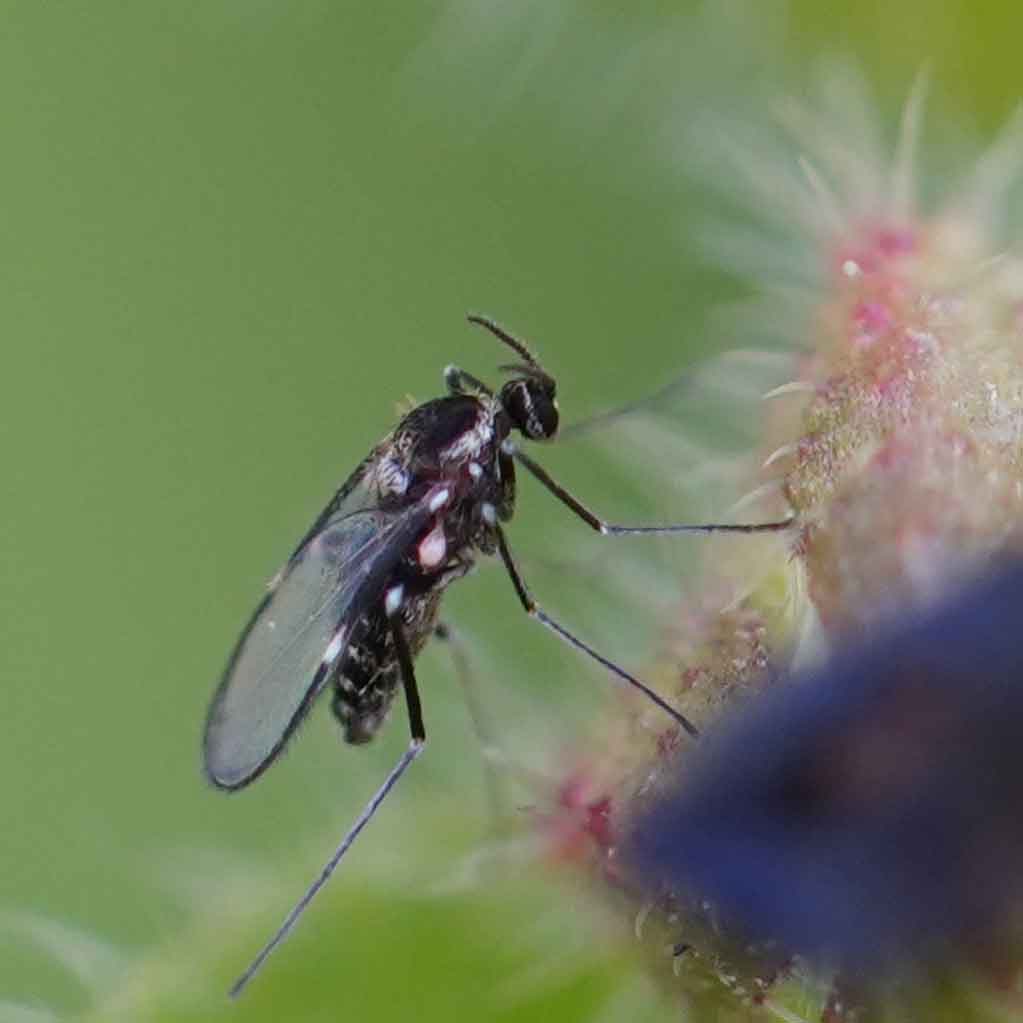 |
| Lasioptera Berlesiana |
| Lasioptera Berlesiana sicily was once covered by abundant woods and Mediterranean maquis, reduced to small areas during different foreign dominations and largely destroyed by the Romans,when the island became the granary of the Empire. After the downfall...>>> |
|
|
|
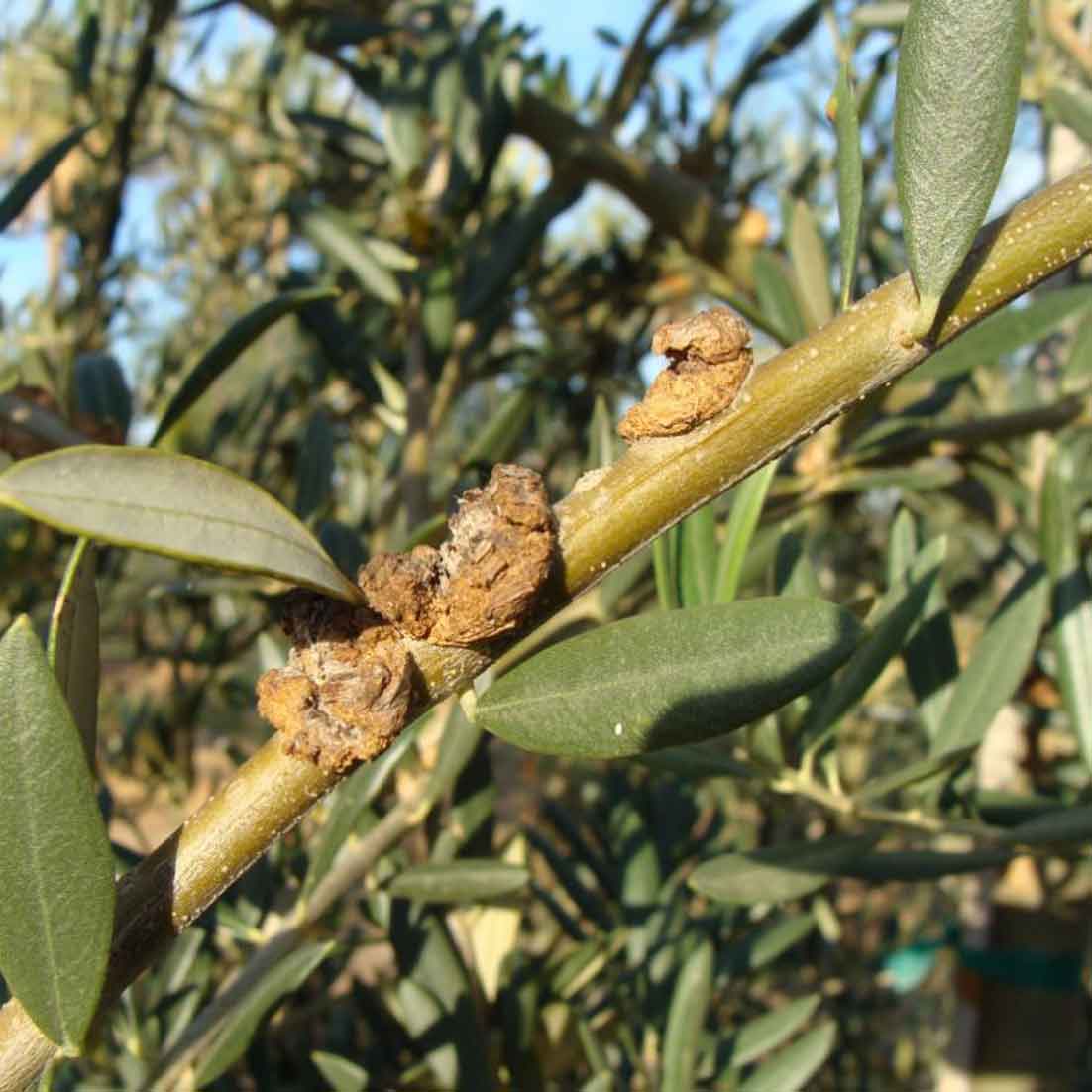 |
| Olive Knot |
| Olive knot caused by a bacteria, Pseudomonas syringae pv. savastanoi, has affected olive trees since ancient times. All cultivars are susceptible, and damage can be severe. Olive knot appears as rough galls or swellings about 1.3 to 5cm in diameter. Openings are necessary...>>> |
|
|
|
|
|
|
|
|
|
|
|
|
|

